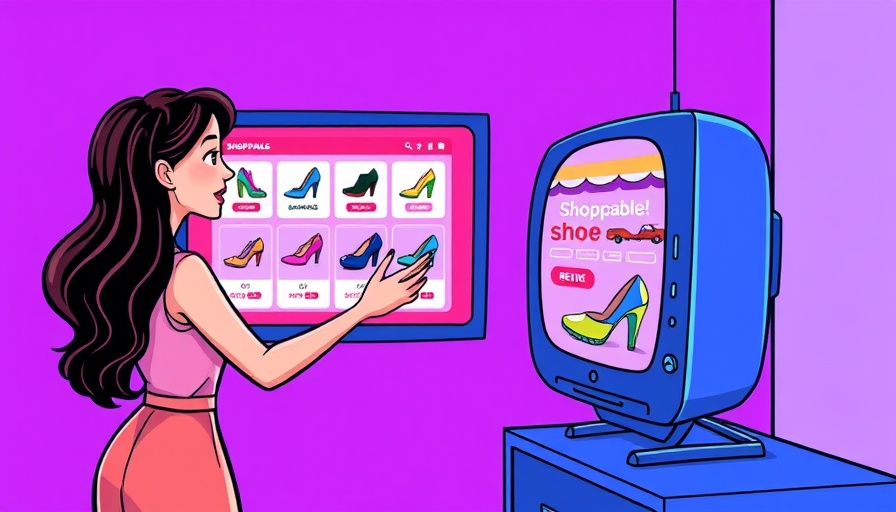
Understanding Manscaped's Cheeky Campaign
Manscaped, known predominantly for its below-the-waist grooming products, is redefining its brand identity with its bold campaign titled “Send Face Pics Instead.” This innovative approach seamlessly transitions the brand into the facial grooming category, which reflects their forward-thinking evolution.
The Story Behind the Campaign
Marcelo Kertész, the Chief Marketing Officer at Manscaped, points out how the campaign confronts a long-standing cultural issue—unsolicited explicit photos. The campaign encourages men to shift their messaging from those “down there” shots to something more socially acceptable: a clean, well-groomed face.
A fascinating twist? Manscaped didn’t just pick this concept out of thin air. The team backed their strategy with a study conducted in partnership with Kwantlen Polytechnic University, revealing that while 51% of men have sent unsolicited photos, only a meager 4% of women had a positive reaction. If men sent face pics instead, they would see a staggering increase in engagement—up to nine times more likely to receive a favorable response.
From Groin to Face: A Strategic Evolution
This campaign isn’t just a quirky quip; it signifies Manscaped's evolution from a niche player to a broader grooming brand. Kertész notes that recognizing male grooming in a modern context means addressing more than just the groin area. The face, an integral part of personal branding, serves as a potent starting point.
“When we started, we knew the groin was just the beginning. There was so much potential in the male grooming space,” Kertész shares. He explained that the face is like a billboard—an essential canvas for expression and presentation.
Diverse Messaging Through Humor and Data
Infusing the campaign with humor allows Manscaped to foster tough conversations. This strategy is not just engaging but also reminds potential customers about the relevance of personal grooming. They’re investing in cultural conversations that resonate with their audience while maintaining a light-hearted touch. Humor paired with scientific backing offers convincing persuasion to a skeptical audience.
Broader Marketing Strategies for Customer Engagement
The campaign employs a holistic approach that includes influencer partnerships, podcast engagements, and even a Tinder app takeover to reach their tech-savvy audience. These diverse strategies help establish a comprehensive network for consumer interaction and brand insight.
Real-World Impact and Future Insights
As businesses continue to adapt in the post-pandemic environment, brands like Manscaped illustrate the importance of understanding target markets and prioritizing customer preferences. Kertész’s candid approach to branding shows a mature understanding of consumer behavior—one that reflects the needs of modern consumers seeking genuine interaction.
The Takeaway
Manscaped’s “Send Face Pics Instead” campaign embodies a strategic shift towards broader personal grooming, underpinned by research and resonant humor. For business owners navigating their paths to scalability, this campaign provides a savvy blueprint on how to engage customers in meaningful conversations—whether through humor, data, or culturally relevant content.
If you’re considering how to evolve your brand identity successfully, look to innovative campaigns like this one. Conversations around lead generation, branding, and effective marketing strategies start with understanding your audience’s needs. Embrace the spirit of Manscaped: engage your consumers, support them with solutions, and, yes, maybe ask them for that face pic!
 Add Row
Add Row  Add
Add 



Write A Comment